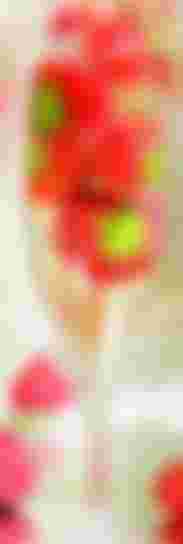
It has long been a tradition that no celebration can pass without champagne. So we can take a peek into the bottle from a scientific point of view and see what happens in it to give us pleasure.
What makes this champagne so exclusive? I believe you know that only those sparkling wines from the French region of Champagne have the legal name “champagne”. The rest are sparkling wines, "sparkling wines", even those that are very high quality, but come, say, from Italy. Also, there are sparkling wines that are naturally sparkling and one to which carbon dioxide has been added. These are the cheapest ones. Here we will have a little fun with the science of champagne (and sparkling wines).
1. Chemistry of gases dissolved in a liquid Champagne is a mixture of a large number of substances in a liquid. However, the most significant and striking part of this mixture are the carbon dioxide bubbles dissolved in the liquid. There is a chemical law, Henry's law, which determines how much gas can be compressed and dissolved in a liquid. In addition to explaining how many bubbles can fit in a bottle of champagne under pressure, this law also explains why decompression sickness occurs - due to different solubilities at different depths (ie at different pressures) of oxygen and nitrogen in the blood. In an unopened bottle of champagne, the gas in the liquid is in equilibrium with the gas above the liquid, ie. gas between the cork and champagne. When that equilibrium is disturbed - the plug flies. We can disturb it by shaking the bottle, releasing more carbon dioxide bubbles or heating the bottle. Equilibrium is re-established when we manage to drink into a glass. However, do not be peasants - champagne does not open violently, the rule is that the cork must not fly. We open it slowly, removing the metal wires that hold the plug. The less violence - the more you will enjoy champagne. You will find out why this is so below.
2. Gas pressure in the bottle
Before opening, the pressure in the champagne bottle is about 5 atmospheres. One atmosphere is 101,325 kPa and that is the air pressure at sea level. That is the pressure at about 50m in the sea.

3. Bubbles
Bubbles in champagne are formed naturally, by fermentation, when glucose and fructose from grape juice with the action of specific enzymes produce ethanol and carbon dioxide. Fermentation occurs due to the existence of microorganisms on the skin of grapes, which produce fermentation enzymes. This was discovered by Louis Pasteur and proved that sterilized grape skins will not cause fermentation. All wines and alcohols are made in this process, but with champagne, it’s a special art: here’s a secondary fermentation, “bottled,” which actually represents an effort to keep the carbon dioxide bubbles formed in the first fermentation in the bottle. Manufacturers of champagne and real sparkling wines even have their own yeast blends that cause fermentation and take great care in the juice pressing processes to macerate the skin well. In fact, the carbon dioxide bubbles naturally formed during fermentation carry the aroma of champagne towards your nose. Somewhere it says there are about 15 million of those bubbles in the bottle. I don't know, I didn't count.
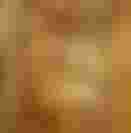
4. Glass There have been major paradigm shifts in which glasses to drink champagne from. Once upon a time, champagne was drunk from wide, conical glasses. Today it is drunk from narrow, “flute” glasses, or even from wine glasses (this is not a sin). The thing is that the bubbles that bring the aroma of champagne evaporate faster from a wide glass and so you lose on the aroma. A good champagne raises bubbles from the bottom of the glass for quite a long time.
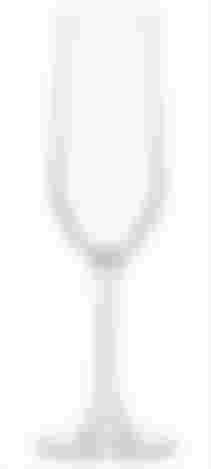
5. Serving temperature
There is no coincidence with champagne: the temperature of champagne must be ideal for trapped carbon dioxide. It must be neither too hot nor too cold and 8-10o C is the ideal temperature.
6. How is champagne poured?
The glass should be tilted slightly, and not pour champagne into a glass that stands straight. This is most likely because a larger surface is created for the formation of bubbles.
7. Aroma
Champagne contains about 600 types of molecules that give this writing a unique aroma. Our sensory papillae on the tongue can also feel “fizz” - the very bubbles that burst as we drink champagne.
8. Speed and acceleration
If you open the champagne in a way that it should not open, you should also know that, due to the pressure in the bottle, the cork can reach a speed of about 22 km / h. Perfect for eye injury.
9. What grapes are they made of?
Champagnes are mostly golden-transparent. There are also rosy ones. There are also sparkling red wines. Still, when we imagine champagne, we imagine something pale golden in color, transparent, right? Does that mean that champagne is made from white grapes? Not. Practically only three grape varieties are used in the production of champagne: Pinot noir, Pinot Meunier and Chardonnay. The first two are black grapes and Chardonnay is white. Champagne made from black grapes is called Blanc de noirs (literally, “white from black”), and champagne made from white grapes Blanc de blancs. The first ones are a little yellower. Both are high quality champagnes if produced by pe-es.
10. Plug When you open the champagne, the cap has the shape of a mushroom. However, it is not the shape of a cork when placed in a bottle and sealed. A completely normal cork stopper is placed, which later takes on a specific shape. By the way, cork is the bark of one species of oak, Quercus suber, which grows (and is grown) in southwestern Europe, mostly in Spain and northwestern Africa.
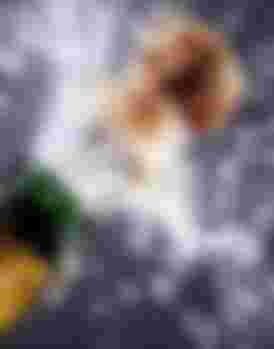
Be carefully
Never stand near the person opening the champagne. Globally, about 24 people die each year from this "missile".
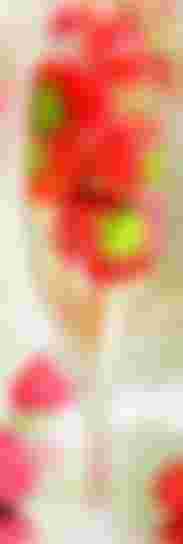


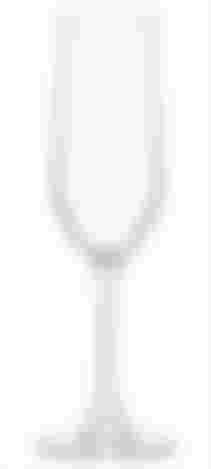
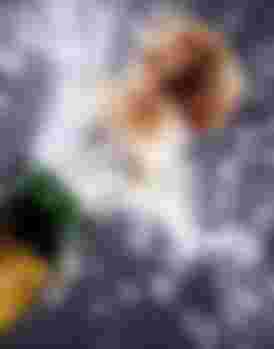
Maybe i should try this